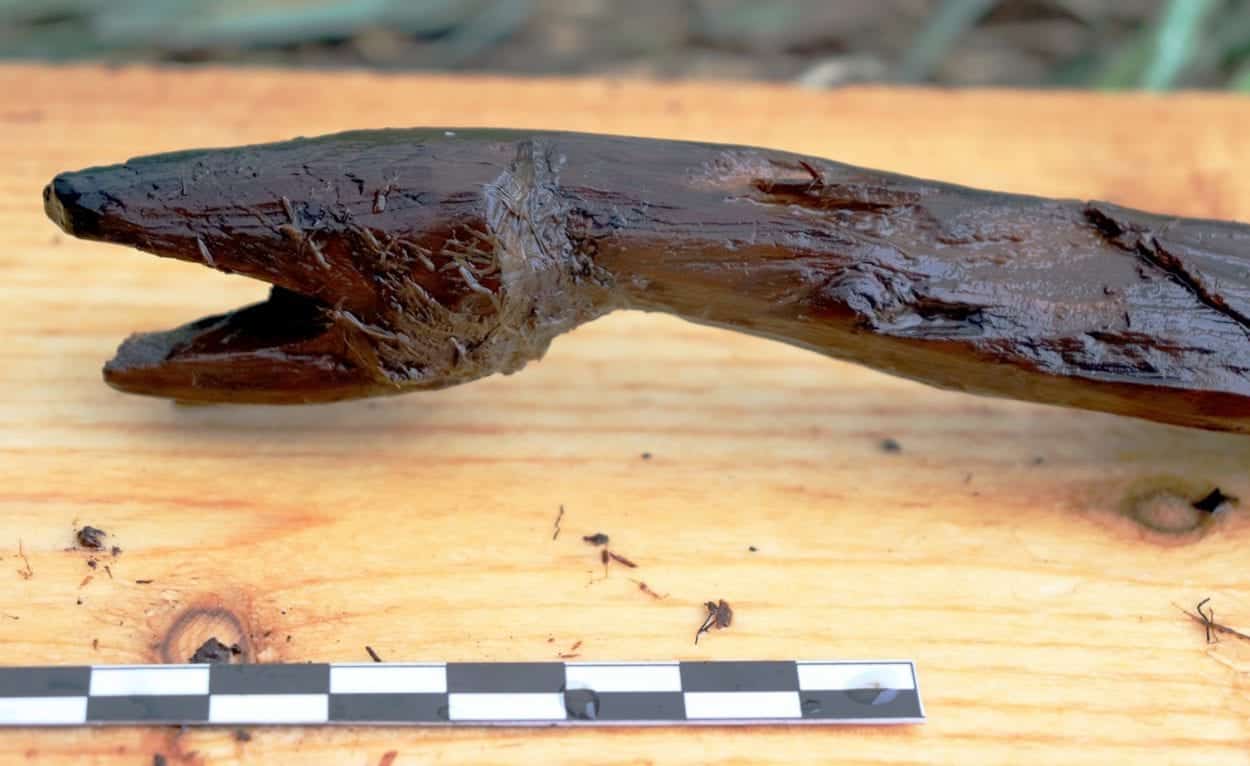Rare mosaic depicting Homer’s Iliad discovered in UK
Archaeologists excavating an elaborate Roman villa complex have uncovered a rare mosaic depicting scenes from Homer’s Iliad.
The University of Leicester’s School of Archaeology and Ancient History examined the site in September 2021, revealing the remains of a mosaic that measures 11m by almost 7m and depicts the story of the legendary hero Achilles from the Iliad and his battle with the Trojan Prince Hector.
The artwork forms the floor of what is thought to be a dining area in a large villa building, occupied during the 3rd and 4th century AD in the late Roman period. A geophysical study and further archaeological evaluations have identified several supporting buildings, including what appears to be aisled barns, a possible bath house, circular structures and a series of boundary ditches. Find out more
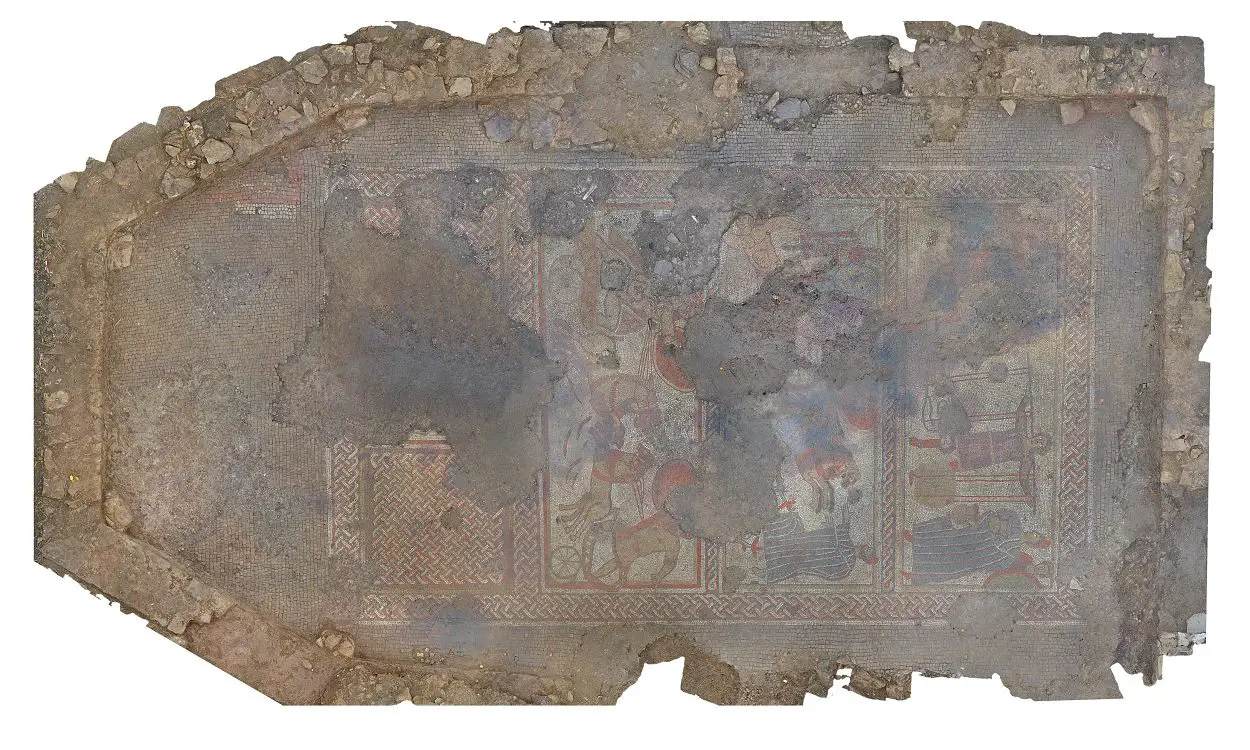
Archaeologists unearth Roman ceremonial chariot
Archaeologists from the Archaeological Park of Pompeii, and the Public Prosecutor’s Office of Torre Annunziata have announced the discovery of an intact Roman Ceremonial Chariot excavated near the Roman city of Pompeii.
The team excavated to a depth of 6 metres through the volcanic material, revealing a large ceremonial chariot called a Pilentum in a double-level portico, with its four wheels still intact, along with its iron components, bronze and tin decorations, mineralised wood remains and imprints of organic materials such as ropes and floral decoration. Find out more
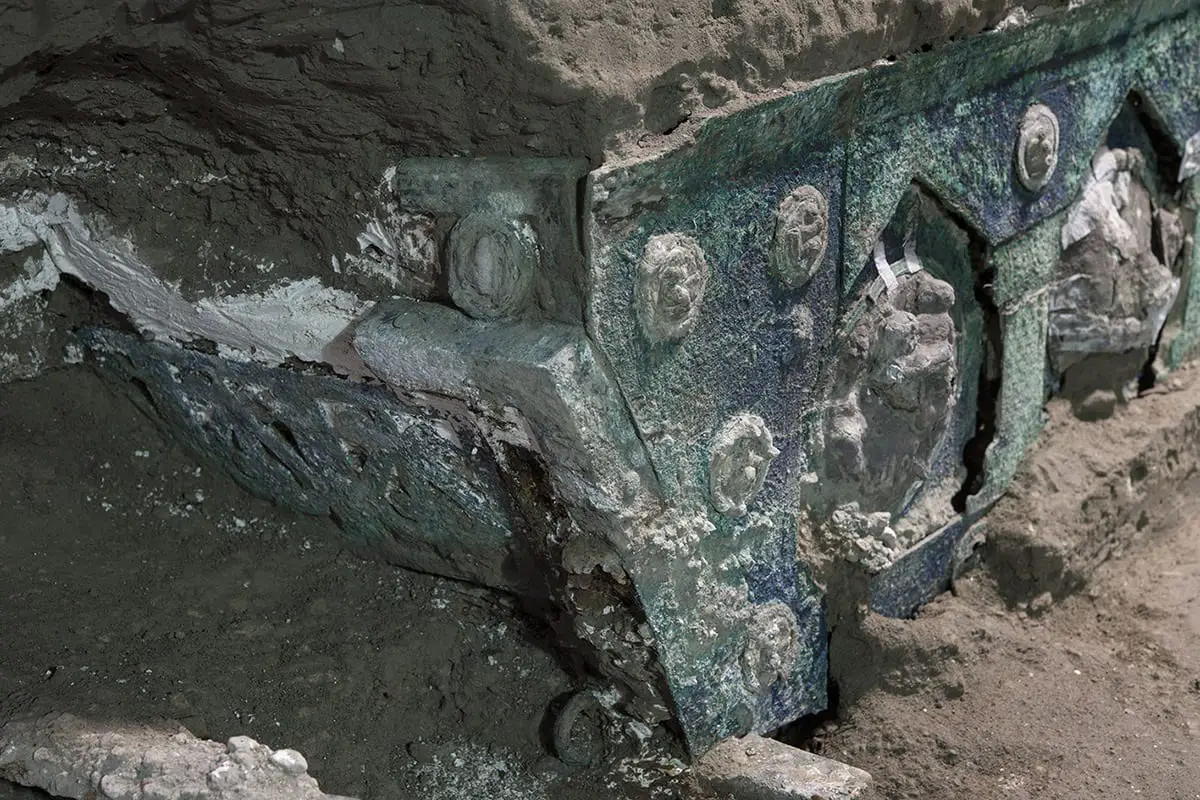
Forgotten Bronze Age slab is Europe’s earliest known 3D cartographic map
A stone slab which dates from the early Bronze Age around 2150-1600 BC is Europe’s oldest known map.
A multi-national research team found that the slab bears many of the elements expected in a prehistoric map – including repeated motifs joined by lines to give the layout of a map.
An examination of the engraved surface shows that the slab’s topography was purposely 3D-shaped to represent the valley of the River Odet, whilst several lines appear to depict the river network. This work showed that the territory represented on the slab appears to relate to an area of about 30 km by 21 km, along the course of the River Odet. The central motif, interpreted as a symbol of an enclosure, suggests that the centre of a territory might have existed within three river springs (the Odet, the Isole, and the Stêr Laër). Find out more
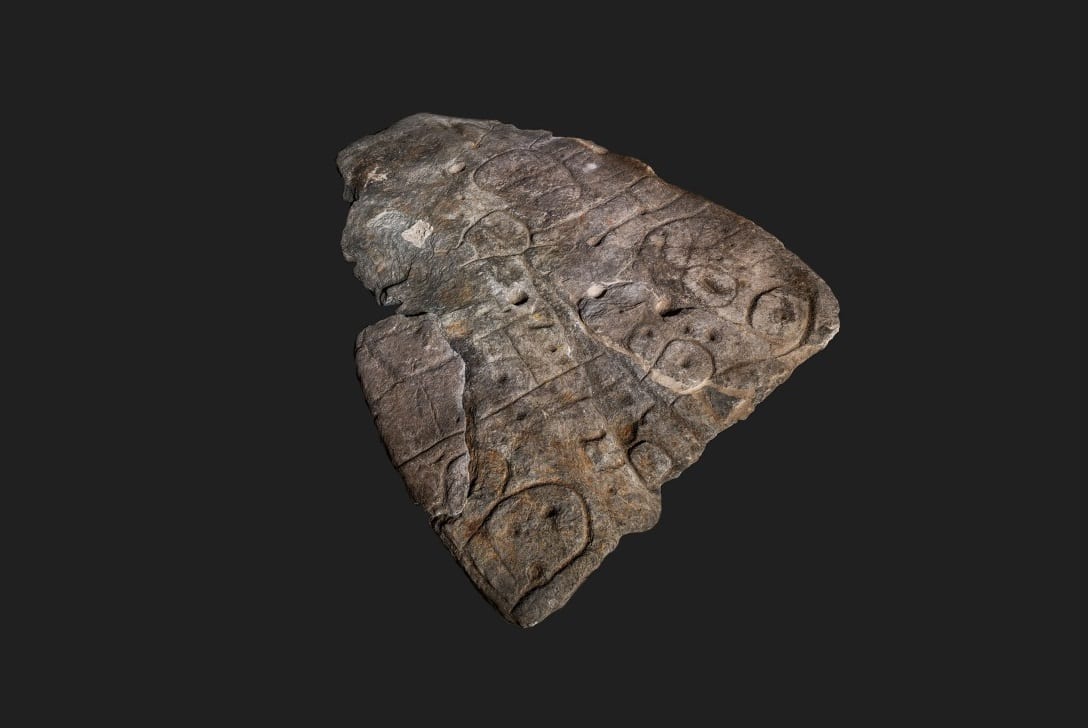
Study identifies date of Norse settlement in the Americas
An international team of researchers have revealed that Norse settlers were active in the Americas as early as AD 1021.
The study published in the journal Nature, focused on the Norse site of L’Anse aux Meadows in the Canadian province of Newfoundland and Labrador, which served as an exploratory base and winter camp.
The researchers studied pieces of wood from contexts archaeologically attributable to the settlers, which display clear evidence of cutting and slicing by blades made of metal (a material not produced by the indigenous population). The exact year of AD 1021 was determinable because a massive solar storm occurred in AD 992 that produced a distinct radiocarbon signal in tree rings from the following year. Find out more
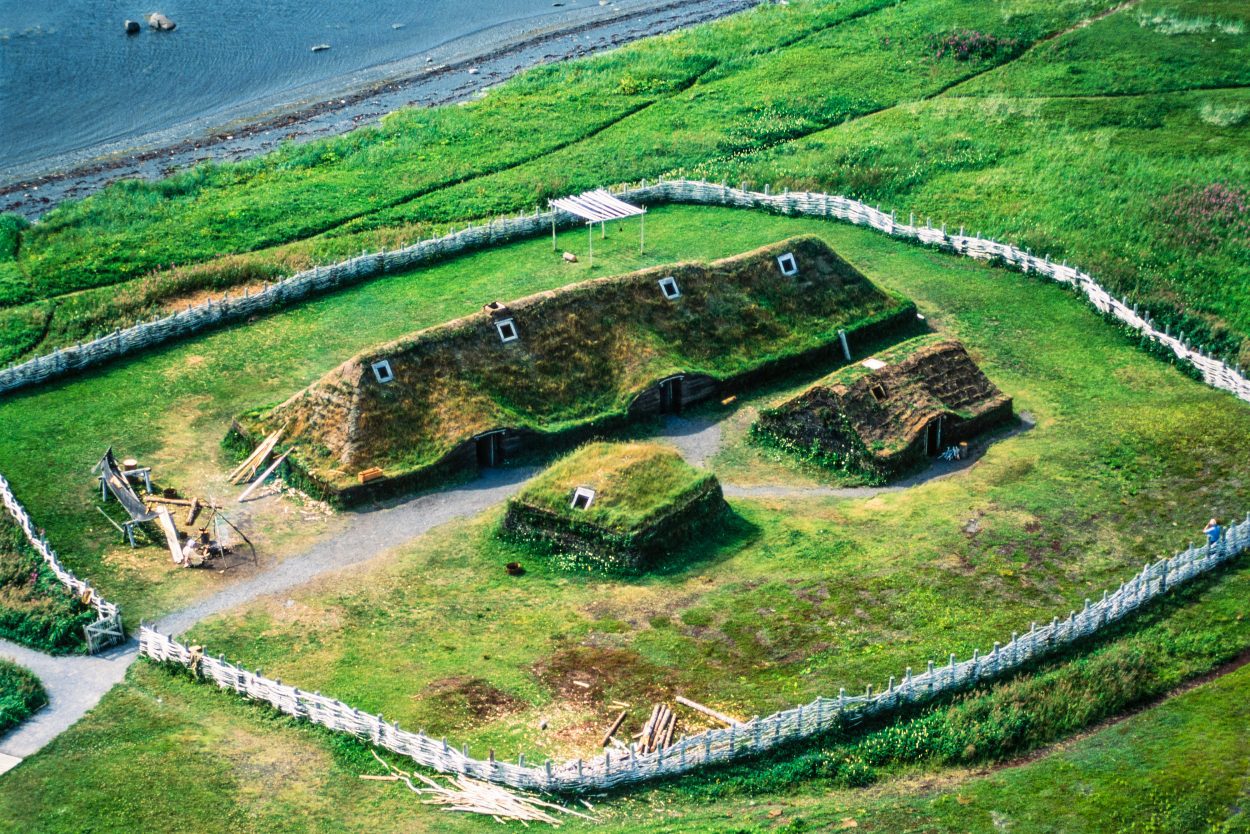
“Lost Golden City” of Ancient Egypt discovered
Archaeologists have announced the discovery of a 3500 years old Ancient Egyptian city near Luxor in Egypt.
The Egyptian Expedition under Dr Zahi Hawass made the discovery whilst excavating an area between Rameses III’s temple at Medinet Habu, and Amenhotep III’s temple at Memnon in search of Tutankhamun’s Mortuary Temple.
The city dates from the period of Amenhotep III (also known as Amenhotep the Magnificent – the ninth pharaoh of the Eighteenth Dynasty) based on a large number of archaeological finds, such as rings, scarabs, coloured pottery vessels, and mud bricks bearing seals of King Amenhotep III’s cartouche. Find out more
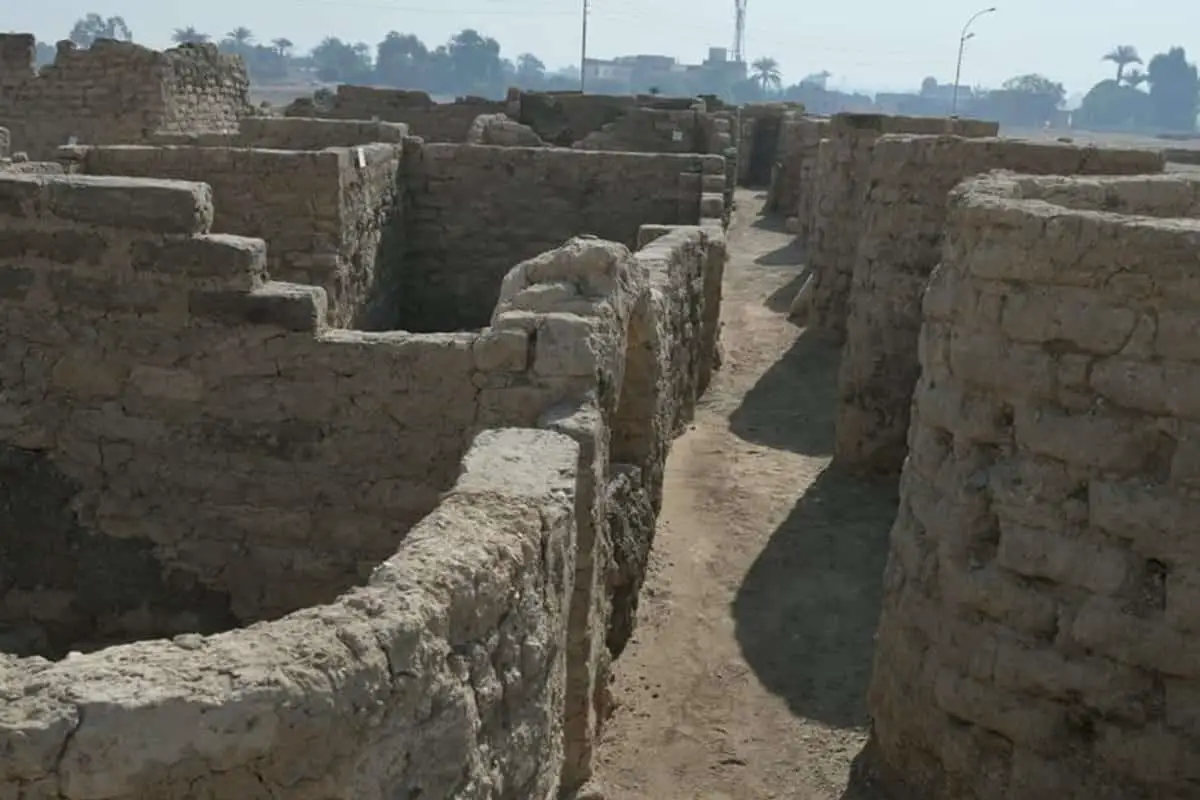
Oldest example of immobile art immortalised in rock discovered in Tibet
The oldest example of immobile art consisting of carefully placed immortalised hand and footprints has been discovered in Tibet.
A multi-national team of researchers from Bournemouth University and Guangzhou University found five handprints and five footprints in Quesang, on the Tibetan Plateau, dating from 169,000-226,000 years ago, in the middle of an Ice Age.
Dating of the prints was conducted using a radiometric method based on the decay of uranium found in the travertine, providing evidence for the earliest hominin occupation on the Tibetan Plateau. Find out more
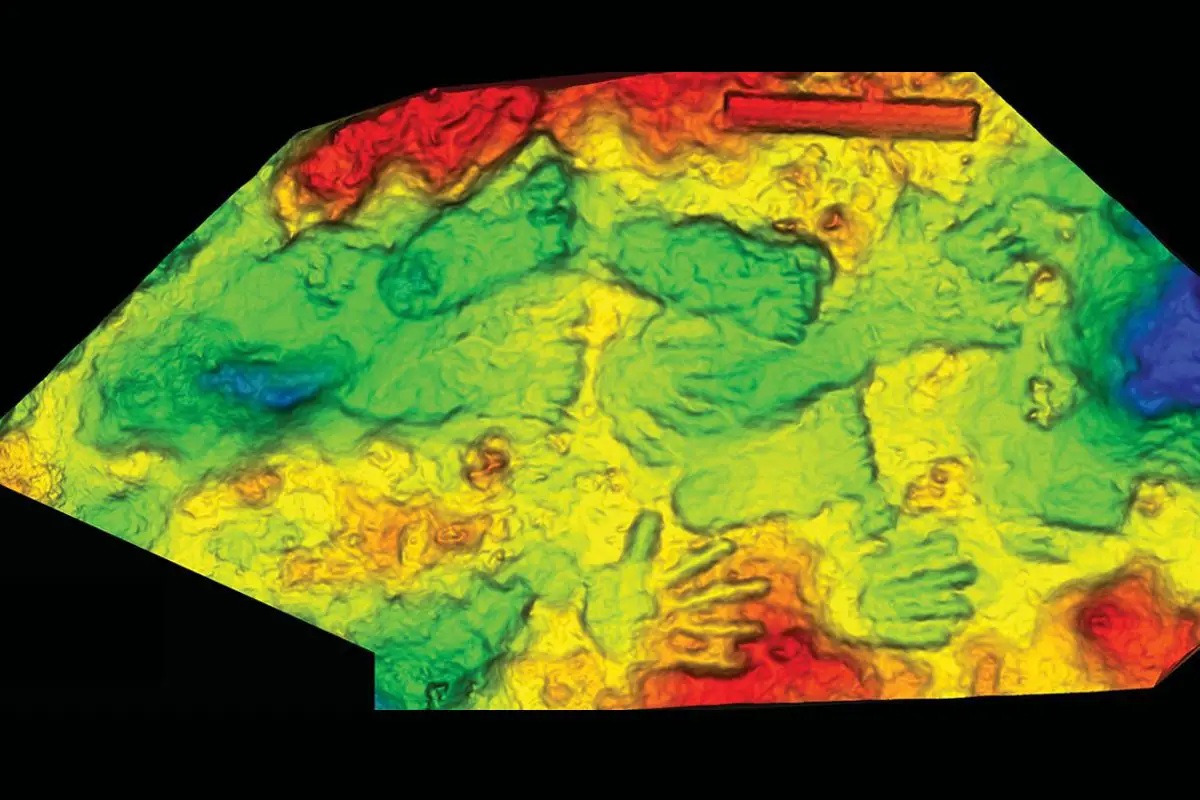
Maya neighbourhood designed to look like Teotihuacan discovered at Tikal
Archaeologists conducting surveys at the Maya city of Tikal have discovered a previously unknown neighbourhood using light detection and ranging software.
As part of a study by the Pacunam Lidar Initiative, a consortium of researchers used Lidar on an area assumed to be natural hills, but the survey has revealed a large previously unknown neighbourhood, designed to look like structures in Teotihuacan, the largest and most powerful city in the ancient Americas.
Archaeologists have known for decades that the two cities were in contact and often traded centuries before Teotihuacan conquered Tikal around the year AD 378, with evidence that Maya elites lived in Teotihuacan, exchanging cultural and funerary rituals between the two cities. But the research consortium’s lidar findings and excavations prove that Teotihuacan did more than just trade, and culturally influence the smaller city of Tikal before conquering it. Find out more
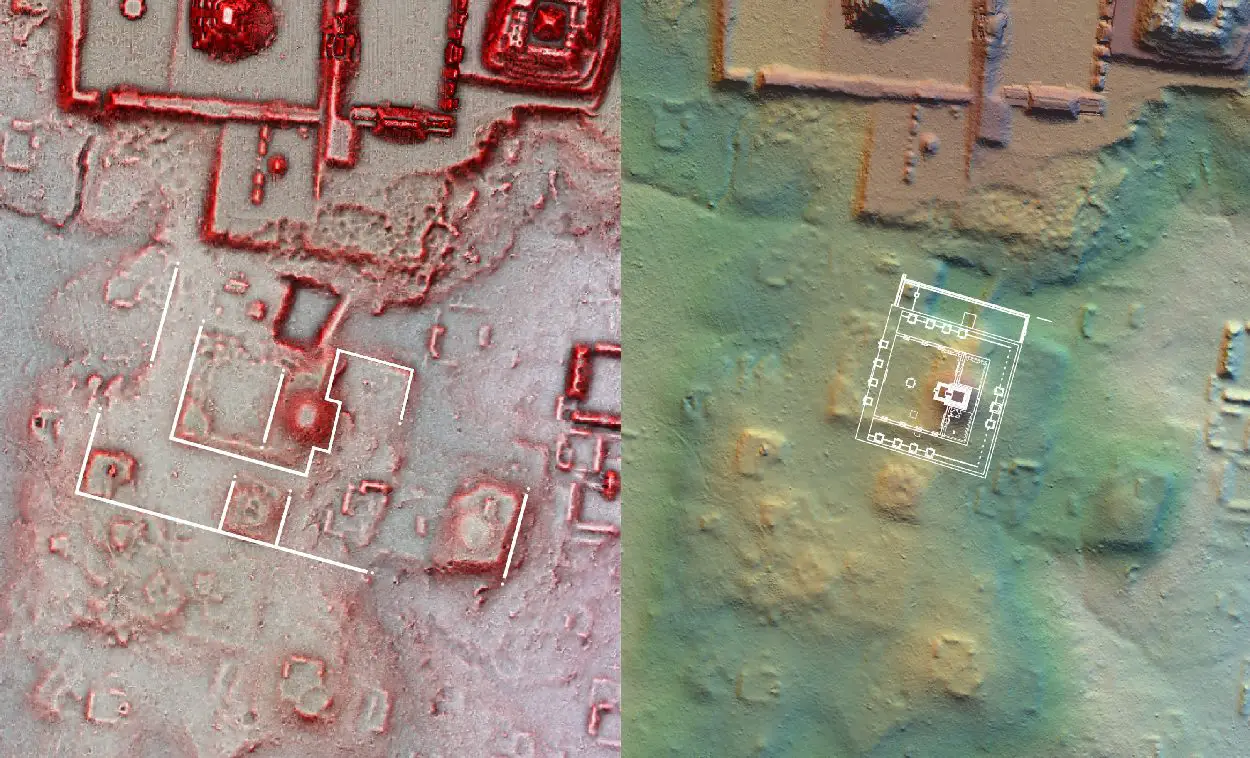
Archaeologists find oldest known human footprints in the Americas
Archaeologists conducting research in the White Sands National Park in New Mexico have identified the oldest known human footprints in the Americas.
The findings provide the earliest unequivocal evidence of human activity in the Americas from over 23,000 years ago, a period during the height of the last glacial cycle, known as the Last Glacial Maximum.
The team used radiocarbon dating of seed layers above and below the footprints to determine their age, which showed human presence at the site lasting two millennia, and the oldest track dating back 23,000 years. Find out more

New discovery sheds light on human history of symbols
A discovery by archaeologists from the Hebrew University and the University of Haifa alongside a team from the Le Centre National de la Recherche Scientifique in France, have uncovered evidence of what may be the earliest-known use of symbols.
The symbols were found on a bone fragment in the Ramle region in central Israel and are believed to be approximately 120,000 years old.
Remarkably the fragment remained largely intact and the researchers were able to detect six similar etchings on one side of the bone, leading them to believe that they were in the possession of something which held symbolic or spiritual significance. Find out more
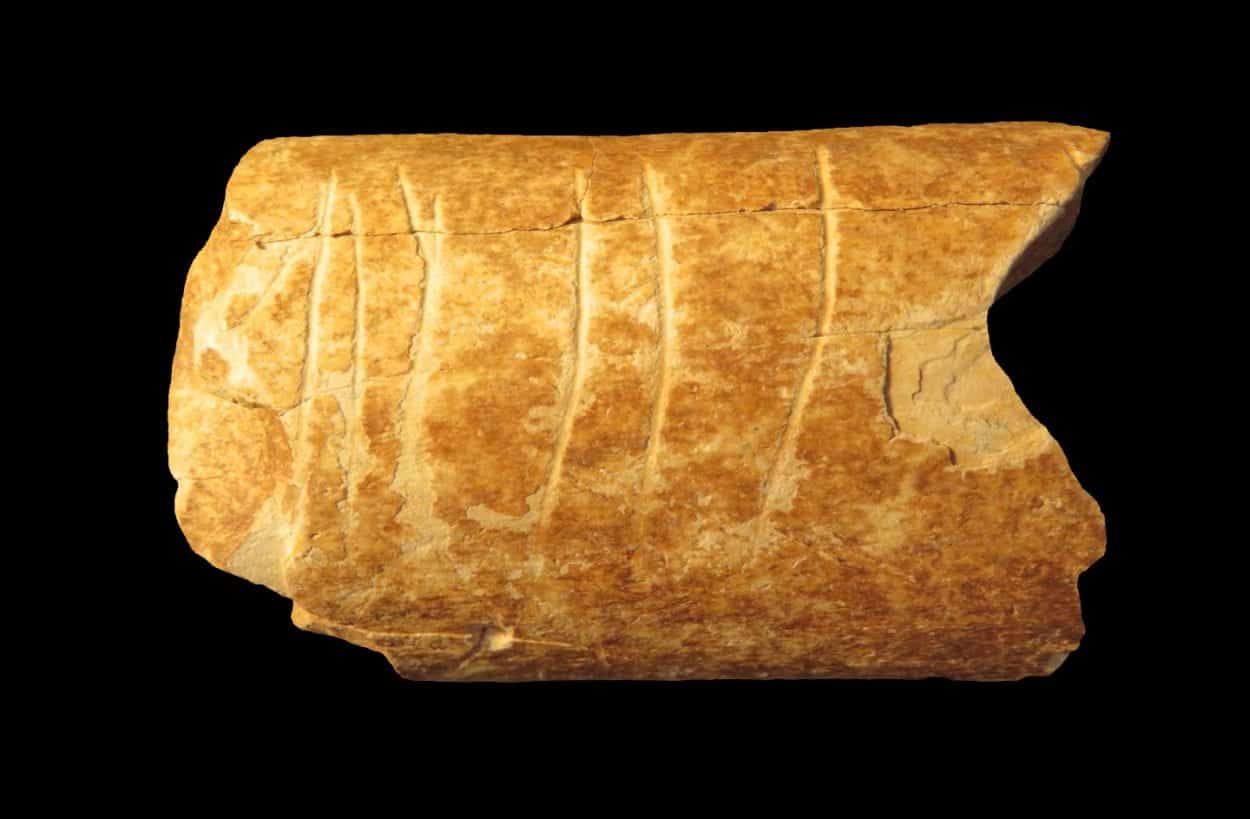
Archaeologists discover 4,400-year-old serpent “staff”
Archaeologists from the University of Turku, in collaboration with the Finnish Heritage Agency, and researchers from the University of Helsinki have uncovered a stone age wooden “staff” shaped like a serpent.
The discovery was made at the Järvensuo 1 prehistoric site, an ancient wetland environment on the shores of Rautajarvi Lake in the southwest of Finland. Järvensuo 1 was discovered by accident during the 1950’s by ditch diggers, and has been subject to ongoing excavations first commenced in 2019.
Archaeologists note that the discovery is unlike any other wooden artefact from Neolithic Northern Europe, although snakes are sometimes depicted in contemporary rock art pictographs from the Pit-Comb Ware Culture (also called the Comb Ceramic Culture) where they are held by human-like figures. Find out more
